Build breaks into training routines to prevent the wear and tear behind repetitive stress
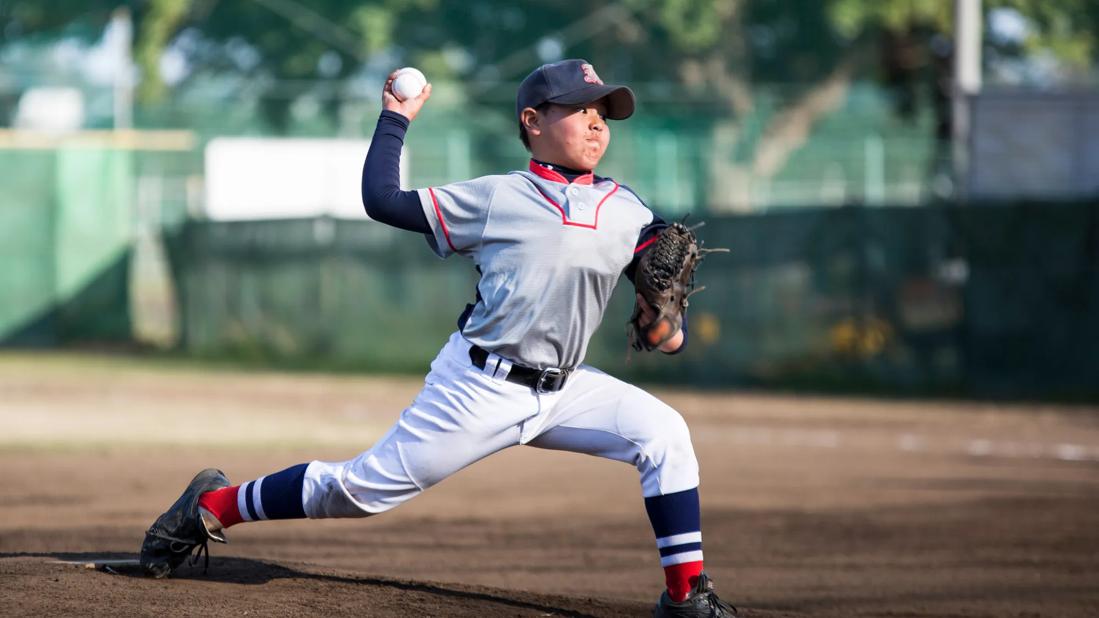
Young athletes who specialize in one sport often view their dogged training as a route to athletic success. But the intense workload often leads to another destination — a doctor’s office.
Advertisement
Cleveland Clinic is a non-profit academic medical center. Advertising on our site helps support our mission. We do not endorse non-Cleveland Clinic products or services. Policy
Overuse injuries account for more than 50% of medical visits by young athletes. Study after study shows that repetitive stress from focused year-round training puts children at greater risk of getting hurt.
The evidence is clear, reports the American Academy of Pediatrics: Kids are breaking down and burning out from the “professionalization” of youth sports, a trend with long-term health consequences.
So, how can you keep your child injury-free and in the game as they chase after goals? Let’s put a playbook together with sports medicine specialists Molly McDermott, DO, and Paul Saluan, MD.
Do something once — like throwing a baseball — and your body barely notices. But do it 10,000 times over months or years of relentless training and you begin to learn the true meaning of wear and tear.
Repeating the same movement again and again stresses affected muscles, tendons and even bones, explains Dr. Saluan. That’s a reality that makes one-sport athletes particularly vulnerable to injury.
“You have kids who live, sleep and breathe a sport — and they’re paying a price,” he says.
Certain sports lend themselves to overuse injuries, especially to joints. The roster includes:
Advertisement
Training volume is a driving force behind overuse injuries, but it’s not the only factor putting young athletes on the injured list. Other contributing causes include:
The intensity level that accompanies many year-round training programs also drives up the risk of injury. Put simply, many young athletes push harder for longer without giving their bodies time to recover.
Physical breakdowns seem almost inevitable in that scenario. “If you’re constantly trying to work at the highest level, you’re never giving your body the rest and recovery time it needs,” says Dr. McDermott.
Less-than-perfect form during an activity can add strain to already taxed joints and muscles.
“Proper mechanics can really help limit the risk of overuse injuries,” notes Dr. McDermott. “It’s essential for young athletes to learn proper form before increasing workload to stay healthy as they train.”
Athletes are more prone to injury when they push to reach a high level of performance too quickly or following a layoff or interruption. “There’s a process that needs to be followed to build up,” says Dr. Saluan.
How can you tell if your young athlete is pushing their training a little too far? Signs pointing toward potential overuse injuries (or that someone is on track for one) include:
“Sometimes, young athletes won’t be open about how they’re feeling because they’re worried about being shut down — and that can be challenging,” notes Dr. McDermott. “Trust your gut if you sense that something is off.”
Absolutely. “Repetitive stress takes a toll on the body, especially at the growth centers on our young athletes which are vulnerable to injury before skeletal maturity,” explains Dr. McDermott. “That’s a big reason we see so many overuse injuries in kids.”
Trying to push a young athlete through an overuse injury can lead to long-term damage. Joint degradation at an early age can set the stage for arthritis and chronic tendonitis years in the future.
Young athletes need to listen when their body communicates through pain, stiffness or soreness. What seems like small problems can quickly blossom into more serious injuries if ignored.
“Pain is not something that should be tolerated in young athletes,” stresses Dr. Saluan. “It’s a call for attention.”
Advertisement
Consider this, too: Overuse injuries and burnout from sports specialization often contribute to children “retiring” from competition by the time they’re teens. Research shows that 70% of young athletes choose to discontinue team sports by age 13.
That attrition plays a role in the obesity epidemic threatening the health of our youngest generation, says Dr. McDermott.
“We see the implications of overuse injuries in more ways than just sport,” she says.
The best defense against overuse injuries can be summed up in three words: Take time off.
A three-month break is recommended for young athletes focused on a single sport, says Dr. Saluan. Stepping away from the activity allows the body — specifically, overtaxed joints and muscles — time to recover.
To be clear, though, the recommendation for a “break” isn’t a challenge to log 90 consecutive days on a couch. “Keep moving your body,” he continues. “Just move it differently.”
That means switching things up. If you’re a runner, maybe try swimming for a bit to lessen the pounding on your knees and ankles. (Vice versa, too.) Or just dedicate a few months to full-body weight training.
In the old days, that happened naturally as young athletes moved from sport to sport with the seasons. The pattern minimized overuse injuries because different activities work different areas of the body.
Advertisement
Basically, the transition from football or field hockey in the fall to basketball, swimming or wrestling in winter to baseball or softball in spring kept specific joints from being used the same way all year.
“By focusing on just one sport, the concern is that these young athletes are accelerating joint degradation,” he adds. “There’s a fine line between being active and healthy and overdoing it.”
The in-season grind of training and competition can make young athletes more susceptible to overuse injuries. Encouraging kids to follow these tips may offer some defense, says Dr. McDermott.
Advertisement
“The idea is to build a mentality that recovery and taking care of your body is a key part of being an athlete,” Dr. McDermott says. “It’s not just about pushing through training. It’s about being ‘the best’ outside of that, too.”
Self-awareness is critical for athletes to avoid overuse injuries. Knowing when something feels off and — more importantly — taking steps to address it is key to staying healthy and in the lineup.
Taking time off isn’t always easy either, given the pressure to succeed that often comes with sports.
“That’s where mindset comes in,” states Dr. McDermott. “If we can start thinking of recovery and rest as part of being an athlete, we may be able to reduce overuse injuries and help kids stay healthy and fit.”
Or to put it another way: “The best way to deal with an overuse injury,” says Dr. Saluan, “is to stop it before it happens.”
Learn more about our editorial process.
Advertisement

Swimming is an essential life skill — kids should start learning to swim by age 4

Make sure their bike is the right size, find a helmet that fits properly and teach them the rules of the road
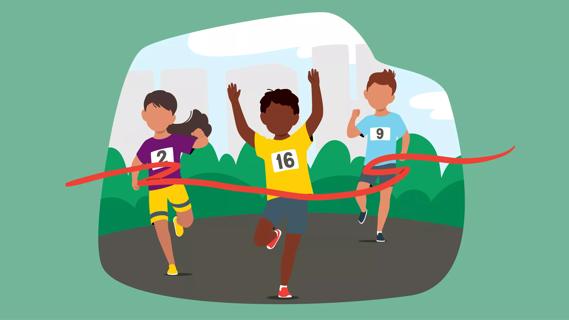
Let your little one’s enthusiasm and motivation fuel their interest in running, but don’t pile on miles too early
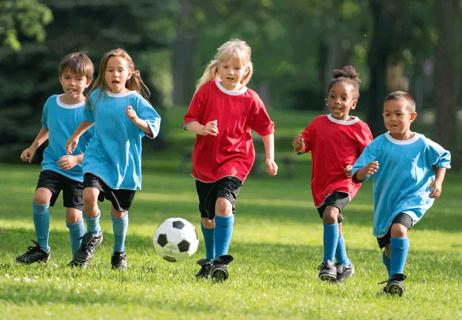
Participating in sports teaches kids life skills and can build self-confidence for the long haul
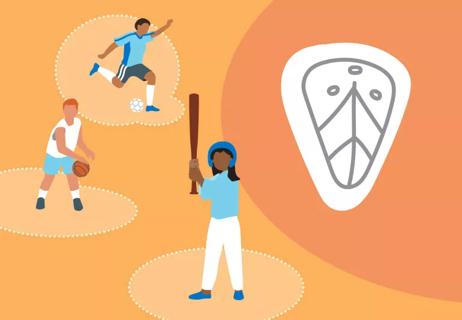
Protective equipment like sports cups can help avoid injury
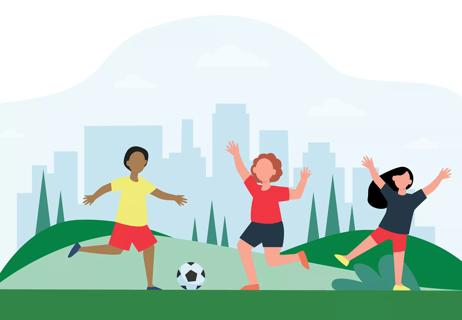
It depends on how sick they were
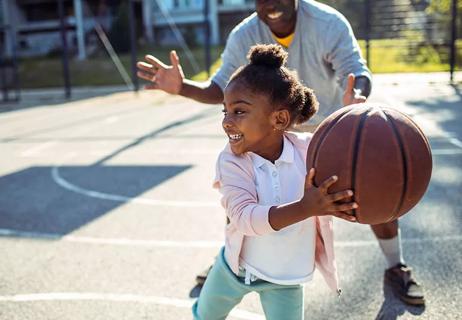
Each child and condition is unique, but most kids can play with proper precautions
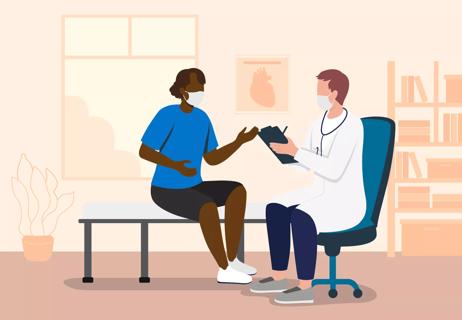
An annual exam looking at heart health

Babies can get congested easily, but you can calm their cough by keeping them hydrated, using nasal drops and running a humidifier

Weight loss may cause loose, sagging skin and muscle loss to your rear

Several conditions, like vitiligo and fungal infection, can cause a loss of pigmentation, leading to white spots or patches on your skin